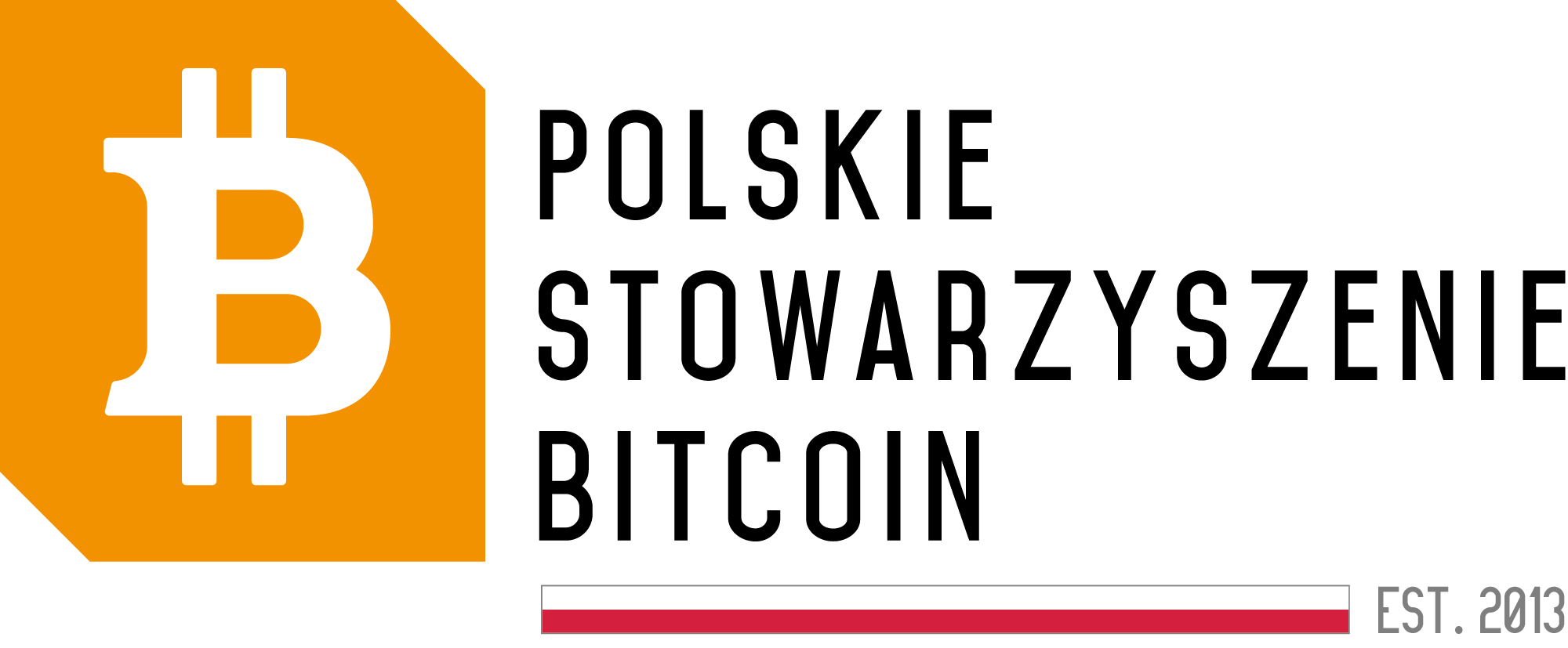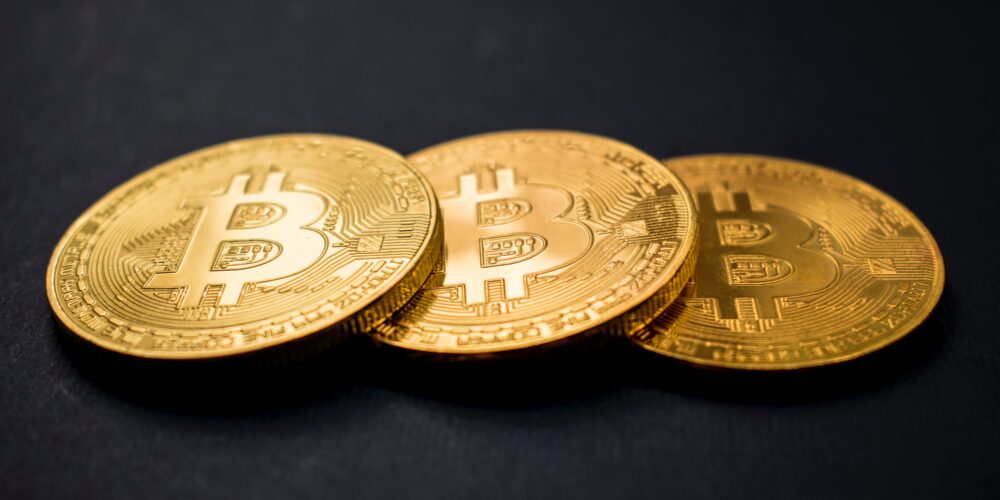brc-20
BRC-20 is a token standard used on the Blockchain Research Center (BRC) platform, which is a modern blockchain network providing processing of cryptocurrency transactions. The BRC-20 standard is similar to the well-known ERC-20 standard used on the Ethereum platform, which defines the rules for creating and operating tokens on that network. By implementing the BRC-20 standard, creators can easily introduce new tokens on the BRC platform and utilize existing applications operating on the BRC-20 standard.
Features of the BRC-20 Standard
The BRC-20 standard defines a set of rules that must be met by each token compliant with this standard. Here are a few key features of the BRC-20 standard:
- Compatibility: Tokens compliant with the BRC-20 standard are compatible with wallets and applications that support this standard, making it easier to store and transfer them.
- Interoperability: BRC-20 tokens can function in various applications on the BRC platform, increasing their usability and availability.
- Security: The BRC-20 standard ensures the security of transactions and token storage, which is essential for users.
Creating Tokens Compliant with the BRC-20 Standard
To create a token compliant with the BRC-20 standard, it is sufficient to appropriately adjust the smart contracts defined by the BRC protocol. In this way, creators can quickly and efficiently introduce new tokens on the BRC platform, promoting diversity and innovation in the cryptocurrency ecosystem.
Application of the BRC-20 Standard
The BRC-20 standard is widely used for issuing tokens on the BRC platform and creating various financial solutions based on blockchain technology. Thanks to the BRC-20 standard, users can enjoy the benefits of easy token transfer and storage, contributing to the development of the crypto assets market.
In summary, BRC-20 is a token standard used on the Blockchain Research Center platform, enabling the creation, transfer, and storage of tokens compliant with this standard. By implementing the BRC-20 standard, the BRC platform becomes more open and flexible for creators and users, supporting the development of the cryptocurrency ecosystem.






